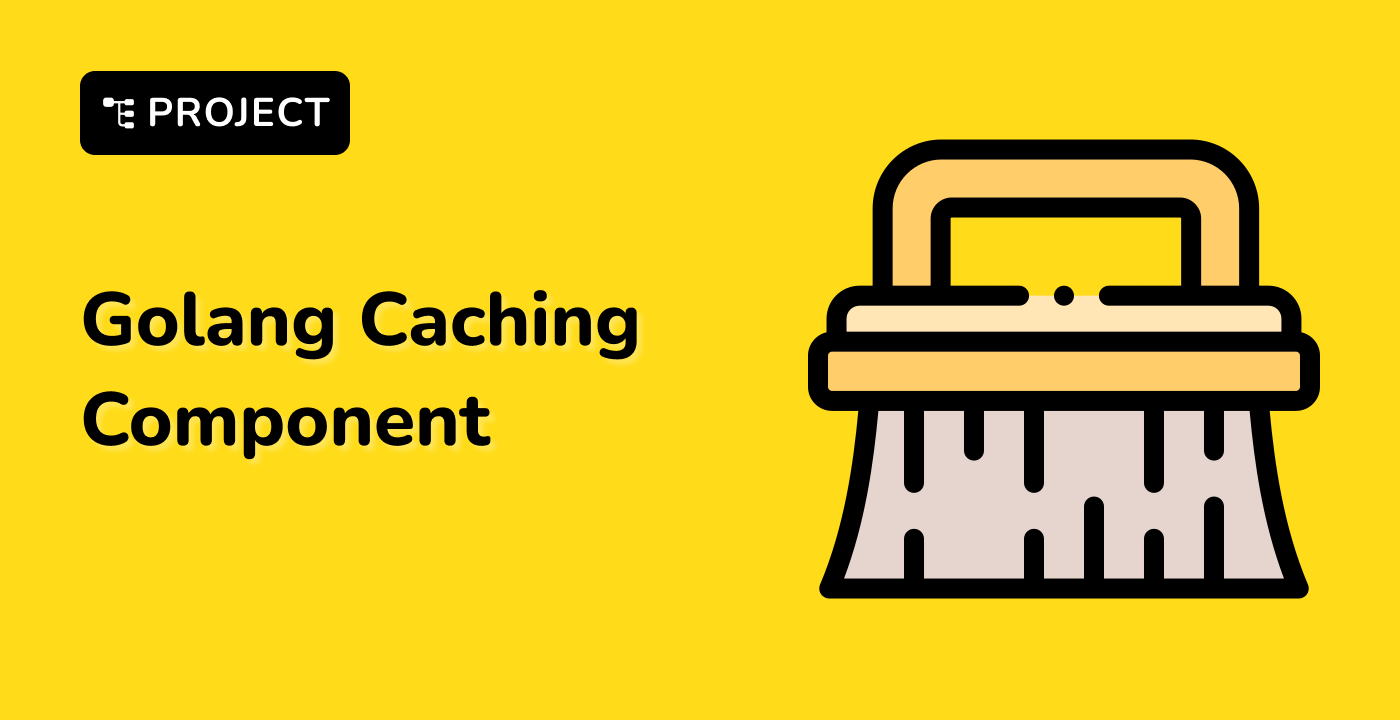Advanced Techniques for URL Manipulation in Go
While the basic URL parsing functionality provided by the net/url package is powerful, there are additional techniques and considerations to implement robust URL manipulation in Go applications. In this section, we will explore advanced URL manipulation concepts, including constructing complex URLs, handling URL-based web scraping, and managing API request URLs.
Constructing Complex URLs
Constructing URLs programmatically can be a common task, especially when dealing with dynamic or parameterized URLs. Go's url.URL struct and its associated methods provide a convenient way to build and manipulate URLs.
package main
import (
"fmt"
"net/url"
)
func main() {
// Create a new URL object
u := &url.URL{
Scheme: "https",
Host: "example.com",
Path: "/api/v1/users",
RawQuery: "page=2&limit=10",
}
// Construct the final URL string
finalURL := u.String()
fmt.Println("Constructed URL:", finalURL)
}
This code demonstrates how to programmatically construct a complex URL by setting the individual components of the url.URL struct and then converting it to a string using the String() method.
URL-based Web Scraping
When working with web scraping tasks, handling URLs is a crucial aspect. Go's net/url package can be combined with other packages, such as net/http, to fetch and parse web content based on URLs.
package main
import (
"fmt"
"io/ioutil"
"net/http"
"net/url"
)
func main() {
// Example URL to scrape
scraperURL := "
// Parse the URL
u, err := url.Parse(scraperURL)
if err != nil {
fmt.Println("Error parsing URL:", err)
return
}
// Make an HTTP GET request to the URL
resp, err := http.Get(u.String())
if err != nil {
fmt.Println("Error making HTTP request:", err)
return
}
defer resp.Body.Close()
// Read the response body
body, err := ioutil.ReadAll(resp.Body)
if err != nil {
fmt.Println("Error reading response body:", err)
return
}
fmt.Println("Scraped content:", string(body))
}
This code demonstrates how to use the net/url package in combination with the net/http package to fetch and parse web content based on a given URL.
Managing API Request URLs
When working with RESTful APIs, handling API request URLs is a common task. The net/url package can be used to construct and manipulate API request URLs, including adding query parameters, handling path segments, and more.
package main
import (
"fmt"
"net/url"
)
func main() {
// Example API endpoint
apiBaseURL := "
// Create a new URL object for the API endpoint
u, err := url.Parse(apiBaseURL)
if err != nil {
fmt.Println("Error parsing API base URL:", err)
return
}
// Add a path segment to the URL
u.Path = path.Join(u.Path, "v1", "users")
// Add a query parameter
q := u.Query()
q.Set("page", "2")
q.Set("limit", "10")
u.RawQuery = q.Encode()
// Construct the final API request URL
apiRequestURL := u.String()
fmt.Println("API Request URL:", apiRequestURL)
}
This code demonstrates how to use the net/url package to construct a complex API request URL by manipulating the individual components of the url.URL struct, such as the path and query parameters.
By mastering these advanced URL manipulation techniques, you can build powerful and flexible Go applications that can handle a wide range of URL-related tasks, from web scraping to API integration.




